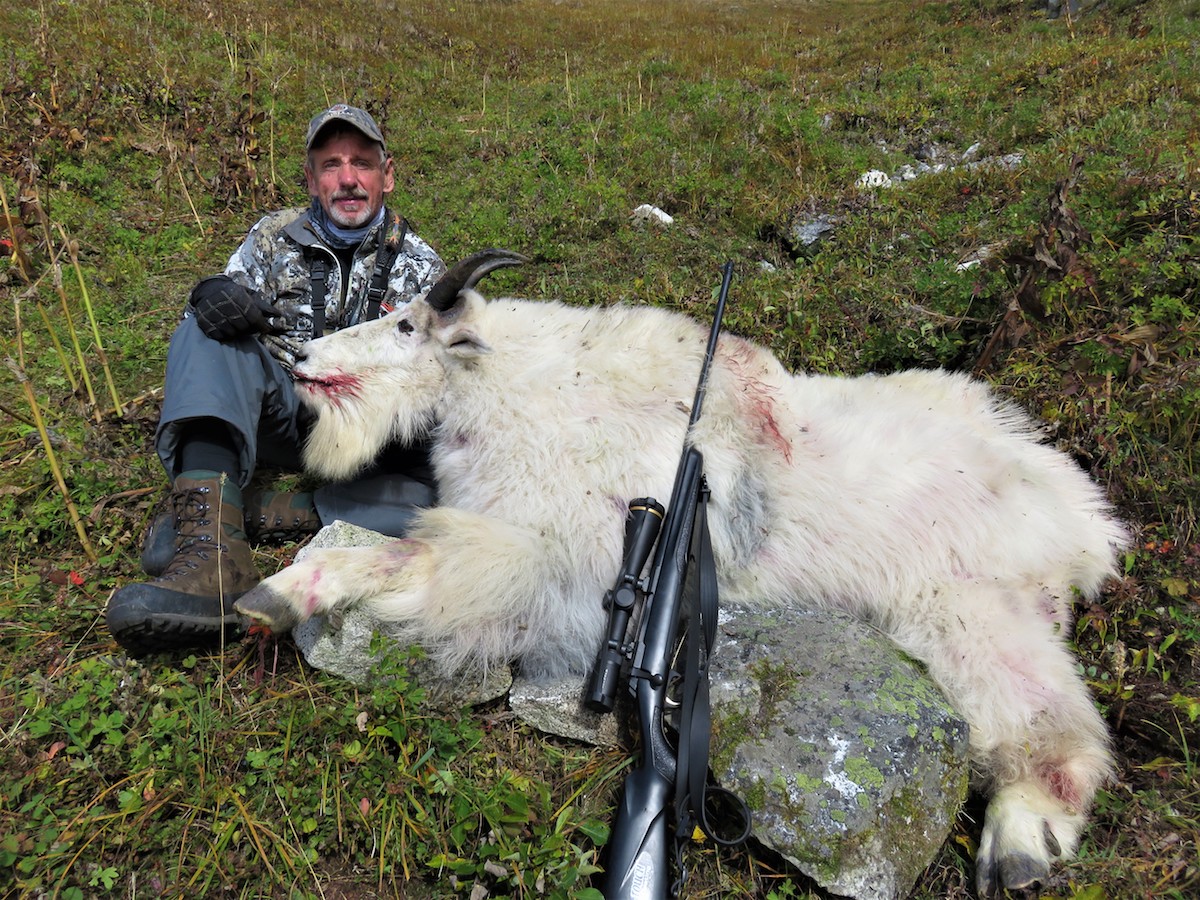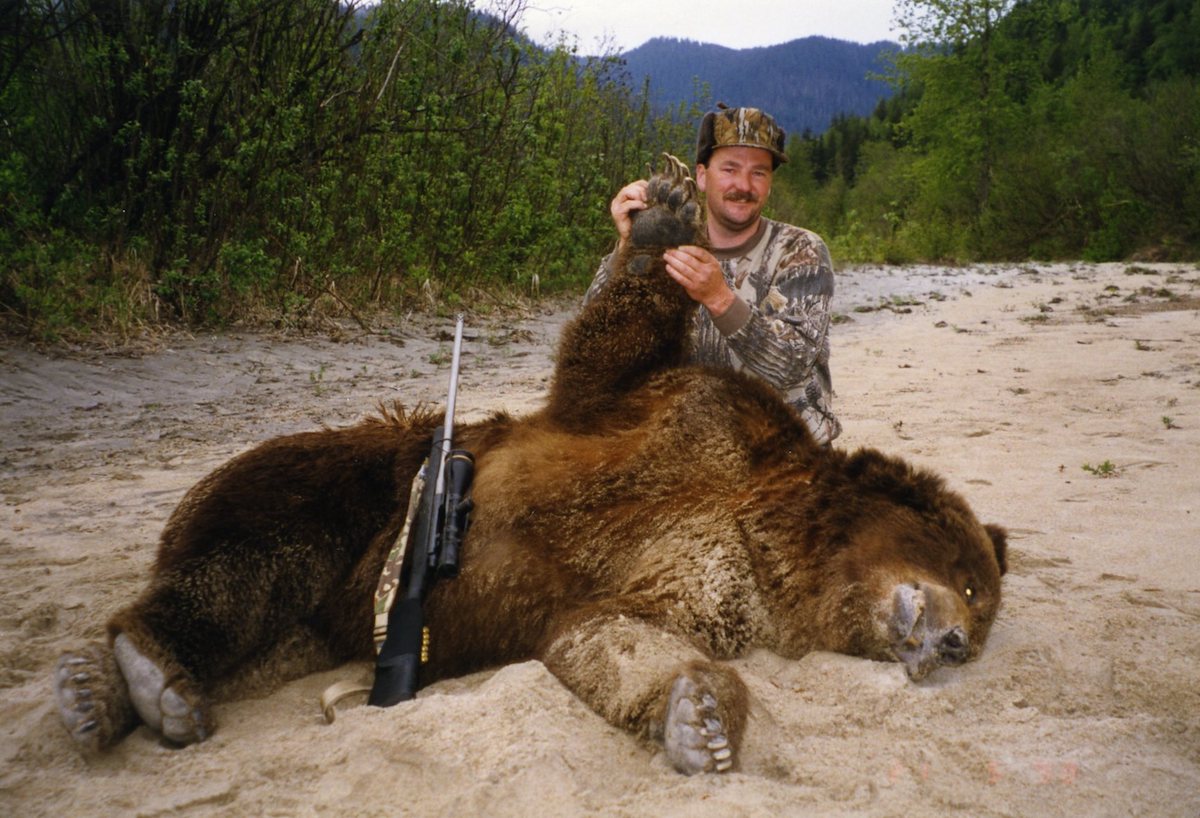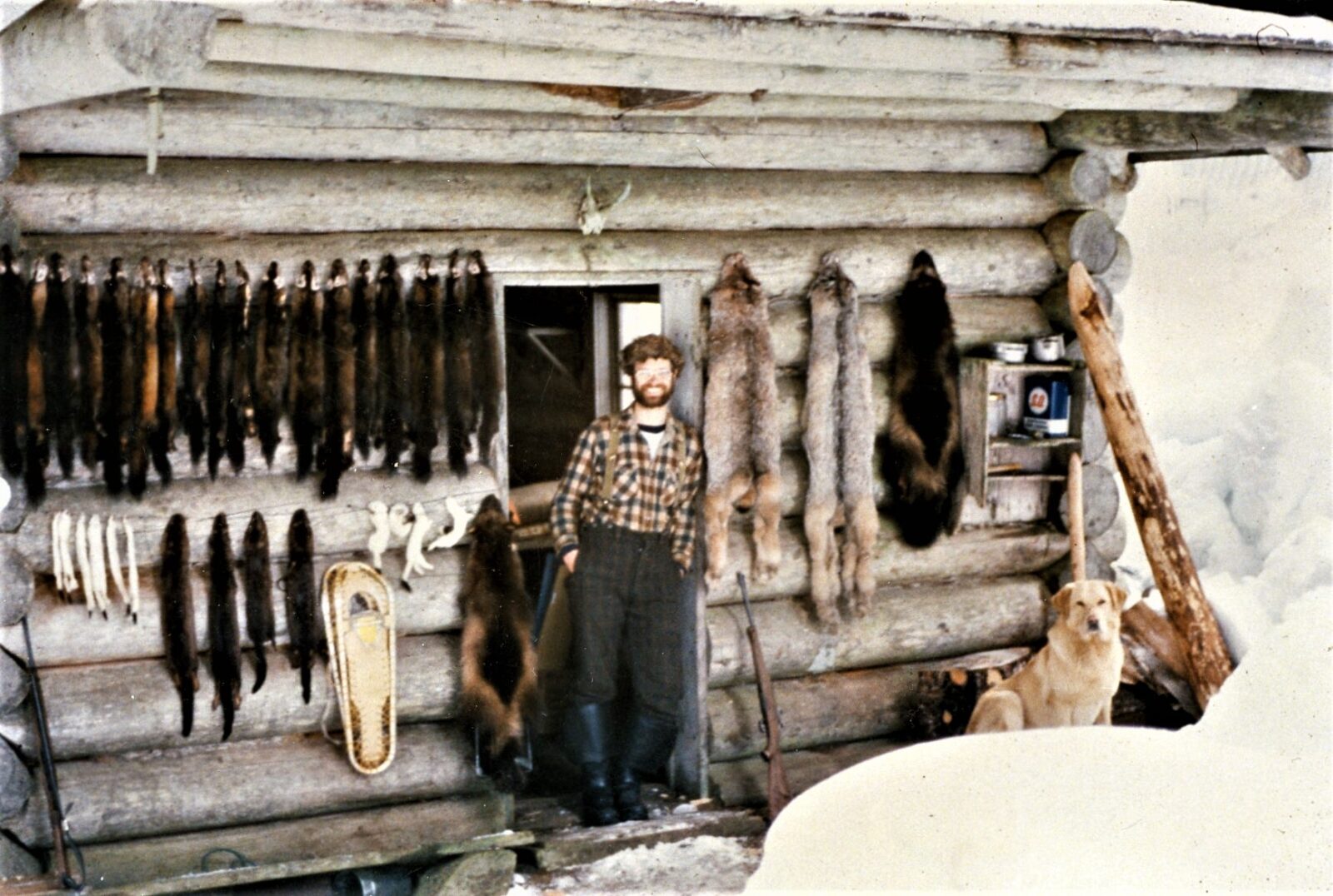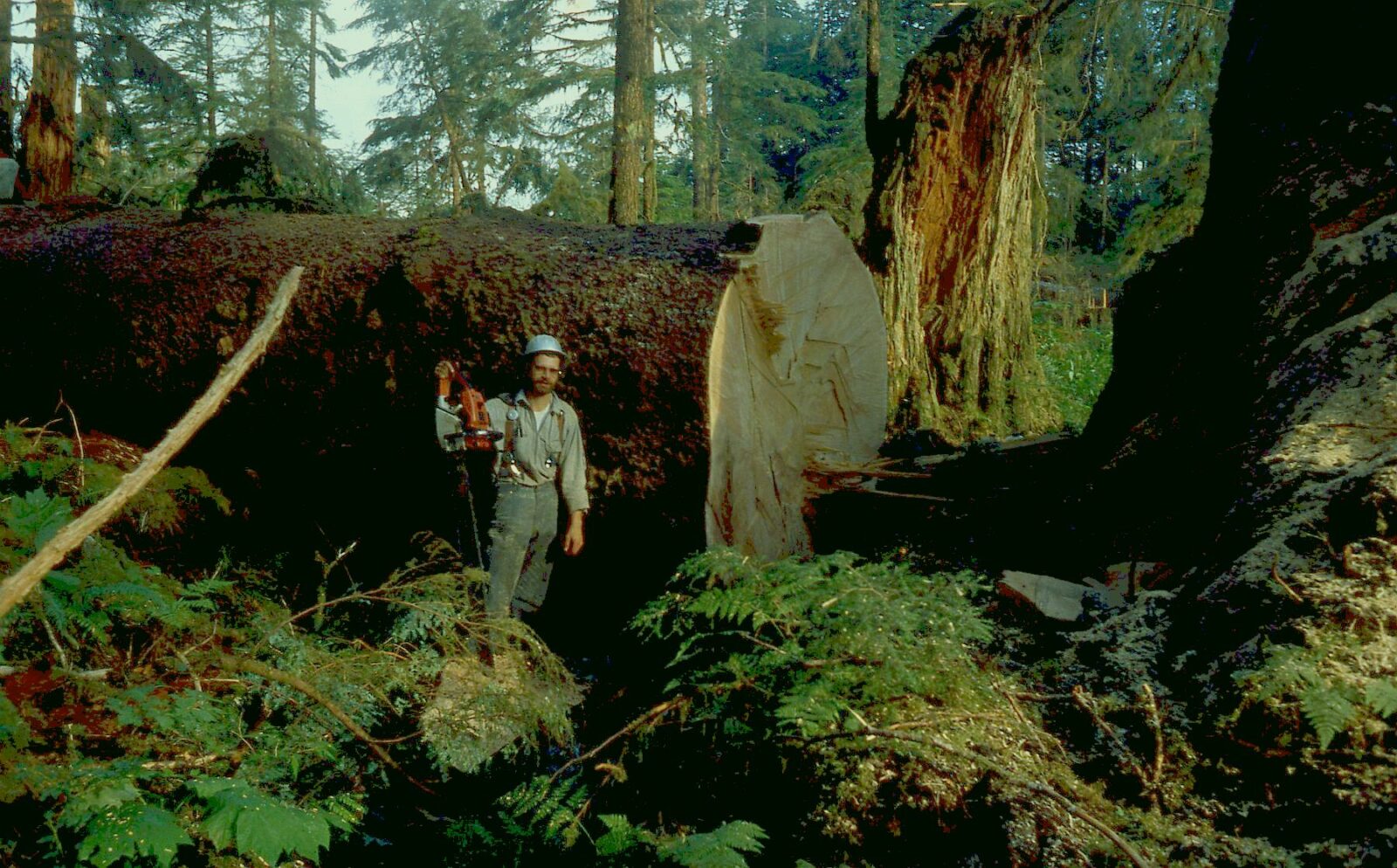Al Gilliam with a four-ounce gold nugget from his Nugget Creek claims
Author, Albert Cooksie Gilliam Jr.
Birth year, 1949.
In 1968, nineteen-year-old Al Gilliam left Washington State for a solo adventure of hitchhiking, exploring, and camping in Alaska. He had thrilling experiences with grizzly bears, wolverines, wolves, and a distrustful gold prospector.
Within the pages of Al’s developing stories, you will learn his role in creating the Alaska Chilkat Bald Eagle Preserve and the Haines State Forest, the first such forest in Alaska. He successfully challenged Environment Canada to locate and remove forty gallons of DDT buried by the U.S. Army Corps of Engineers along the banks of the Klehini River in B.C. They unearthed the DDT five miles from where the Klehini flows across the international border and then through the world-famous Chilkat Bald Eagle Preserve passing in front of Al’s homestead cabin.
Al has photos to share and exciting stories for you to read.
EXCERPTS:
- Our Journeys, excerpt; A Blue Thriller Morning, November 2022
- Our Journeys, excerpt; Morning Rush Hour, November 2022
JUST RELEASED:
- Our Journeys, released April 2023
Buy a downloadable PDF copy by clicking the link below - Available on Amazon Kindle
Gold Rush
Check out this preview of Discovery Channel's Gold Rush, White Water series.
At age 73, Al is developing his two rich, untapped placer gold claims adjacent to the two Nugget Creek suction dredge claims he recently sold to Dustin Hurt. Dustin and his father, Dakota Fred Hurt, are the stars of the Discovery Channels Gold Rush Whitewater T.V. program, previously filmed by RAW TV at McKinley Creek but now filmed at Nugget Creek.
The Hoffman mining crew started the Discovery Channels Gold Rush series on Porcupine Creek, near where Al has lived and prospected since 1976. He knows Parker Schnabel and his father, Roger Schnabel. Roger assisted in transporting equipment and fuel to Al’s remote placer gold claims at Nugget Creek in the Tsirku valley. Al also knew Parker’s grandfather, John Schnabel, when he was alive and working his Discovery Gold Claims at the Big Nugget Mine on Porcupine Creek. John was a true Alaska Pioneer, contributing to the Haines economy and Alaska history as a gold miner, sawmill owner, and logger.
The Unsanctioned Launch
Al served in the U.S. Air Force at Clark Air Base, Philippines, in the 405th Fighter Wing as a crew chief in two of its squadrons, one flying F-102 Interceptors, and the other F-4 Phantoms, with detachments in Thailand, Taiwan, and Vietnam.
While the youngest and lowest ranked crew chief at a covert, Quick Response Alert detachment during the Cold War era, in 1970 Taiwan, Al stopped the unsanctioned launch of two nuclear-armed F-4 Phantoms.
Each aircraft carried one bomb harboring 10-times the combined power of both nukes, “Little Boy” and “Fat Man,” that the U.S. detonated over Japan to end World War Two. When Al stopped the launch, the pilot of the Phantom in his charge suffered an immediate psychological breakdown while in the cockpit. Al suffered from lasting anxiety, depression, and recurring dreams of nuclear war. However, the dramatic undertaking had subdued and disciplined his sense of fear, creating an enduring, instantaneous, take-charge reaction to life-threatening challenges.
The Air Force prematurely, honorably discharged Al, advising him never to marry, have children, or expect to lead a productive life while providing him a one-dollar-per-day stipend. That diagnosis prompted Al to leave his loving girlfriend and return to Alaska.

On to Alaska: Hunting Guide, Logger, Outdoorsman
After discharge, Al led a lonely, independent life accompanied by a series of canine companions while roaming the wilderness, prospecting, searching for lost gold claims, and trapping cunning wolverines and martens. His disciplined sense of fear served him well when facing multiple attacking brown bears on two occasions.
Al takes pride in championing “Operation Bruin, Haines AK.” That combined Federal, State, and Canadian wildlife enforcement investigation eventually busted the longest-lasting illegal big game hunt guiding operation in Alaska and Canada. Because a senior state enforcement officer was aiding the corruption, the probe never gained traction until Al shared his knowledge with the U.S. Fish and Wildlife Service.
Footnote
Fifty years after his premature honorable discharge from the Air Force, Al received a diagnosis of PTSD from the Veterans Administration. Prompting him to reunite with the girl he had left behind so long ago. They now enjoy retirement while Al writes his memoirs and Stories of The North, enjoying the love and affection he had missed with his new wife, Catherine, and her grandchildren.




